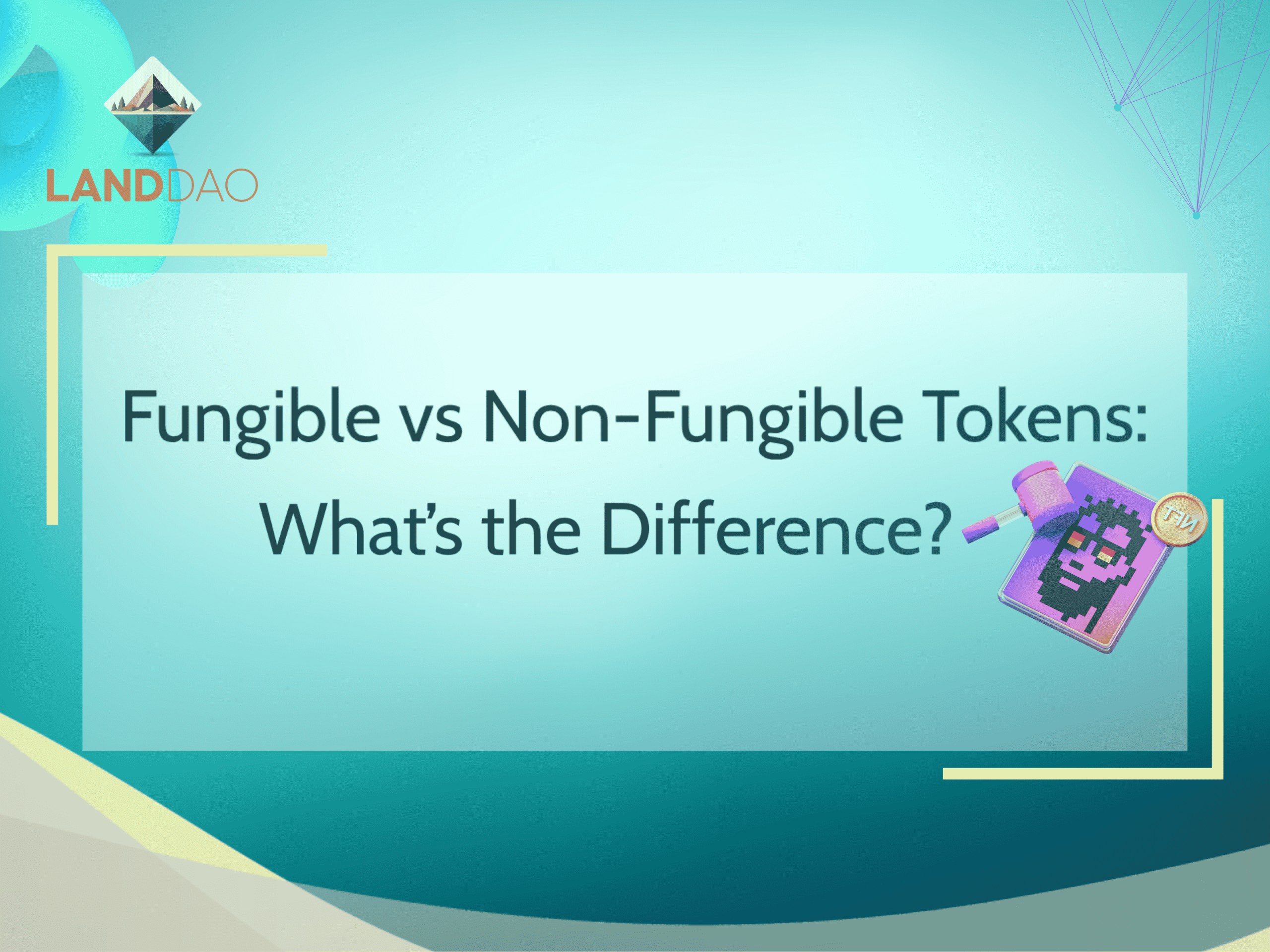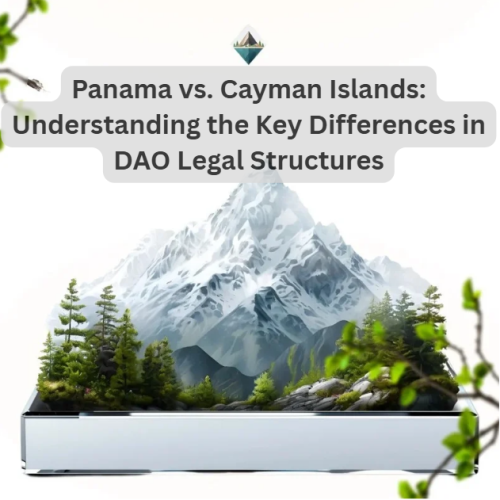If you’ve spent any time around crypto or NFTs, you’ve probably come across the terms “fungible” and “non-fungible.” They’re used all the time to explain how different tokens work on the blockchain, but rarely in a way that feels easy to understand.
At the core, these words are just a fancy way of describing whether something can be swapped one-for-one, or if it’s unique.
To make it real, imagine you lend a friend a $10 bill. They pay you back later with a different $10 bill. No problem, both bills are worth the same, and you don’t care which one you get back. That’s fungible.
Now imagine you lend a friend your front-row concert ticket. If they try to return a random balcony seat instead, it’s clearly not the same. That’s non-fungible because each ticket has a different value based on what it gives you.
This article breaks down what “fungible” and “non-fungible” actually mean, how they work on the blockchain, and where you’ll see each type used across Web3. By the end, you’ll understand the difference clearly and see why it matters.
What Do ‘Fungible’ and ‘Non-Fungible’ Actually Mean?
Fungible means something can be exchanged for another of the same kind, and the value stays the same. Think of it like a dollar, a liter of gas, or a unit of ETH. One is always equal to another. It’s interchangeable.
Non-fungible means the item is unique and not directly interchangeable with another. Think of a rare trading card, a signed book, or an NFT with distinct traits. Even land works this way, a plot in Times Square isn’t worth the same as one just 1 km away, even if they’re the same size. That’s why LandDAO uses NFTs to represent land: each plot has its own unique value based on location and surrounding features.
In simple terms, fungible tokens are identical, while non-fungible tokens are unique and specific.
Key Differences Between Fungible and Non-Fungible Tokens
Now that the terms are clear, let’s compare them side by side.
| Feature | Fungible Tokens | Non-Fungible Tokens |
| Interchangeability | Yes, each unit is the same | No, each unit is unique |
| Value | Identical per unit | Varies by item |
| Common Uses | Cryptocurrency, DeFi, on-chain voting (DAOs) | Digital art and collectibles,Unique real-world assets,Membership or access passes |
| Blockchain Standards | ERC-20, BEP-20 | ERC-721, ERC-1155 |
| Examples | Bitcoin, USDC, AAVE | Bored ape yacht club, ENS names, LandDAO’s land NFTs |
This simple comparison helps clarify why these two categories of tokens are treated so differently in the Web3 world.
How Fungible and Non-Fungible Tokens Are Used in Web3
Let’s now look at where these tokens actually show up in the ecosystem.
Fungible tokens:
These are used as cryptocurrencies or points within the blockchain world, with common use cases including:
- DeFi protocols like Uniswap and Aave
- Payments between wallets
- DAO governance (voting with tokens)
- Incentives and staking rewards
Examples of fungible tokens include Bitcoin, Ethereum (ETH) , USDC, or any ERC-20 tokens.
Non-fungible assets:
These are used when uniqueness matters. Common use cases include:
- Digital art and collectibles (e.g., CryptoPunks, Bored Apes)
- Gaming assets (e.g., Axie Infinity items, game skins)
- Digital identity (like ENS names or Soulbound tokens)
- Memberships or access tokens
- Real-world assets (like LandDAO’s NFTs)
These tokens are often live on NFT marketplaces like OpenSea, Zora, or within on-chain games and DAOs.
Clearing Up Common Misunderstandings
Let’s address a few quick misconceptions that often confuse people new to this space.
- “NFTs are just profile pictures.” While some of the most famous NFTs are images, NFTs can represent anything unique, music, identity credentials, event access, in-game items, and more.
- “All crypto is just money.” Not all crypto tokens are currencies. Some are votes, access keys, badges, or collectibles. Crypto is a medium, not a category.
- “Fungible vs non-fungible only matters to traders.” Actually, this difference affects everyday users too, like knowing if you’re holding a voting token, a reward token, or a collectible. It shapes how you interact with apps, wallets, and communities in Web3.
Conclusion
Understanding the difference between fungible and non-fungible tokens is key in Web3. Whether you’re trading tokens, joining a DAO, collecting NFTs, or using an app onchain, this distinction shapes how value is created, stored, and transferred. Fungible tokens let us build financial systems. Non-fungible tokens let us represent identity, uniqueness, and ownership.
Knowing how each works helps you navigate Web3 more confidently, and make smarter choices about what you hold, use, or build with.
Join the LandDAO Token Sale Waitlist for First Access to the $LNDAO Token Sale.





1 Comment
Simple enough for my uncle to get. Respect.